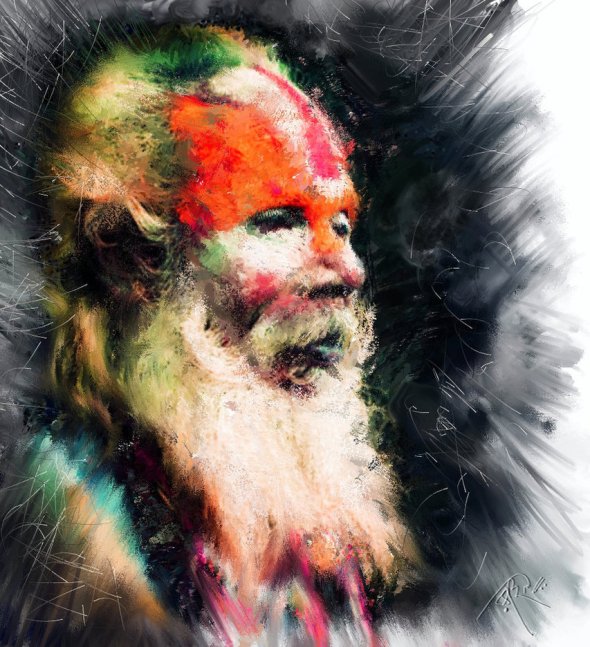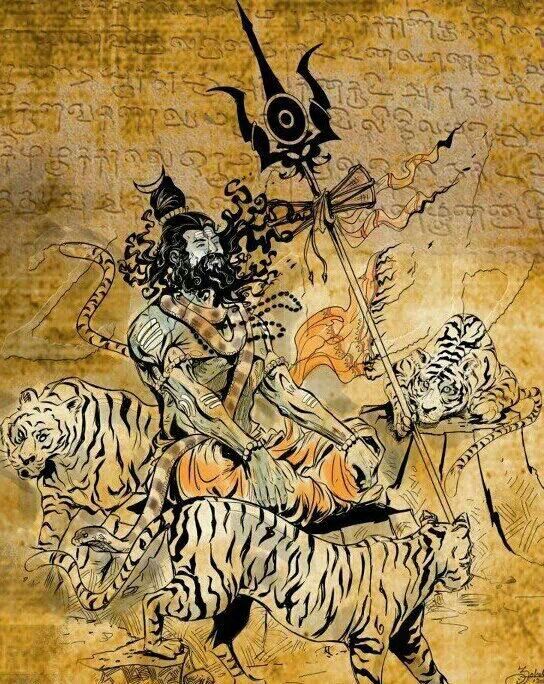Lohri is an extremely popular Punjabi agricultural winter festival celebrated throughout Punjab and in Haryana, Himachal Pradesh, Delhi and Jammu.The harvest festival of Punjab and Haryana is also referred as the bonfire festival. Huge bonfires are lit to thanks the God for abundant crops.It is celebrated on 13th of January during the month of Paush or Magh, a day before Makar Sankranti. This festival marks the departure of the winter season and onset of spring.

A Great collection of India mythology, mythology" is a collection of stories associated with a culture or institution or person. and in another form A myth is a religious story that involves a higher power or entity. The gods, goddesses, and other supernatural beings who appear in myths are worshipped or revered.
Showing posts with label Asia. Show all posts
Showing posts with label Asia. Show all posts
Monday, 15 December 2014
Lohri – The Harvest Festival of North India
Lohri is an extremely popular Punjabi agricultural winter festival celebrated throughout Punjab and in Haryana, Himachal Pradesh, Delhi and Jammu.The harvest festival of Punjab and Haryana is also referred as the bonfire festival. Huge bonfires are lit to thanks the God for abundant crops.It is celebrated on 13th of January during the month of Paush or Magh, a day before Makar Sankranti. This festival marks the departure of the winter season and onset of spring.
Labels:
Asia,
bhakti,
festival,
Himachal,
India,
Lohri,
Lord,
theacharyaa,
veda,
vedic,
vikasacharya
Teej – The festival of swings
On the occasion of Teej, Goddess Parvati is worshiped by seekers for martial bliss and happiness. Teej is also referred as the festival of swings.Teej is held every year during the Hindu Month of Shravan (July or August) and marks the advent of monsoons. When the monsoon rains fall on parched land, the pleasing scent of wet soil rises into the air and spirits soar high in celebration. Song & dance mark the gaiety of the Teej festival. Women’s observe this festival by fasting and praying to Lord Shiva and Goddess Parvati for a happy married life.
Universal law – Dharma

Dharma is an important term in Indian religions. In Hinduism it means ‘duty’, ‘virtue’, ‘morality’, even ‘religion’ and it refers to the power which upholds the universe and society. Hindus generally believe that dharma was revealed in the Vedas although a more common word there for ‘universal law’ or ‘righteousness’ is rita. Dharma is the power that maintains society, it makes the grass grow, the sun shine, and makes us moral people or rather gives humans the opportunity to act virtuously.
Dharma shastras

Hinduism developed a doctrine that life has different goals according to a person’s stage of life and position. These goals became codified in the ‘goals of a person’ or ‘human goals’, the purusharthas, especially in sacred texts about dharma called ‘dharma shastras’ of which the ‘Laws of Manu’ is the most famous. In these texts three goals of life are expressed, namely virtuous living or dharma, profit or worldly success, and pleasure, especially sexual pleasure as a married householder and more broadly aesthetic pleasure.
Sunday, 14 December 2014
The Sura Dev – The maker of day

Surya (Sun God) is the chief solar deity in Hinduism.In Hindu religious literature, Surya is notably mentioned as the visible form of God that one can see every day.Surya is the son of Sage Kashyapa and Aditi.He has two wives Samnja and Chaya.Surya is, the ruler of the worlds, who is crowned with rays, who appears at the horizon, who is greeted by gods and demons, and brings light.He constitutes created beings, He is the life-breath, the source of the seasons, the store-house of light, an offspring of Aditi, the progenitor, the Sun-God, the courser in the heavens, the nourished, the possessor of rays, the golden, the brilliant, the One whose energy constitutes the seed of the universe and the maker of day.
The Shiva MahaPuran

The Shiva Purana has twenty-four thousand shlokas. There are total 18 Paranas. and number of Uppuranas. Shiva Mahapuran is one of them. Each Purana represents one God and describes him as the supreme most and glorifies him. The Purana consists of other relevant anecdotes and stories, also which make it more interesting . At the same time, it makes us available . Some historical facts, also . By studying these Puranas., we can learn how to find some solace while experiencing struggle and hardships in life. Puranas. have kept our cultural values alive. They have nurture our spiritual progress, also.
Subscribe to:
Posts (Atom)